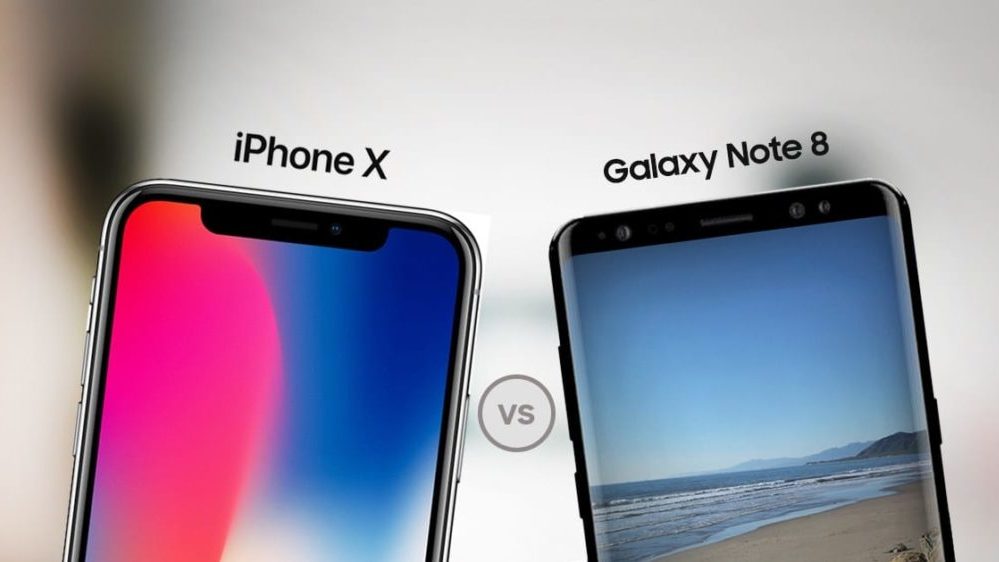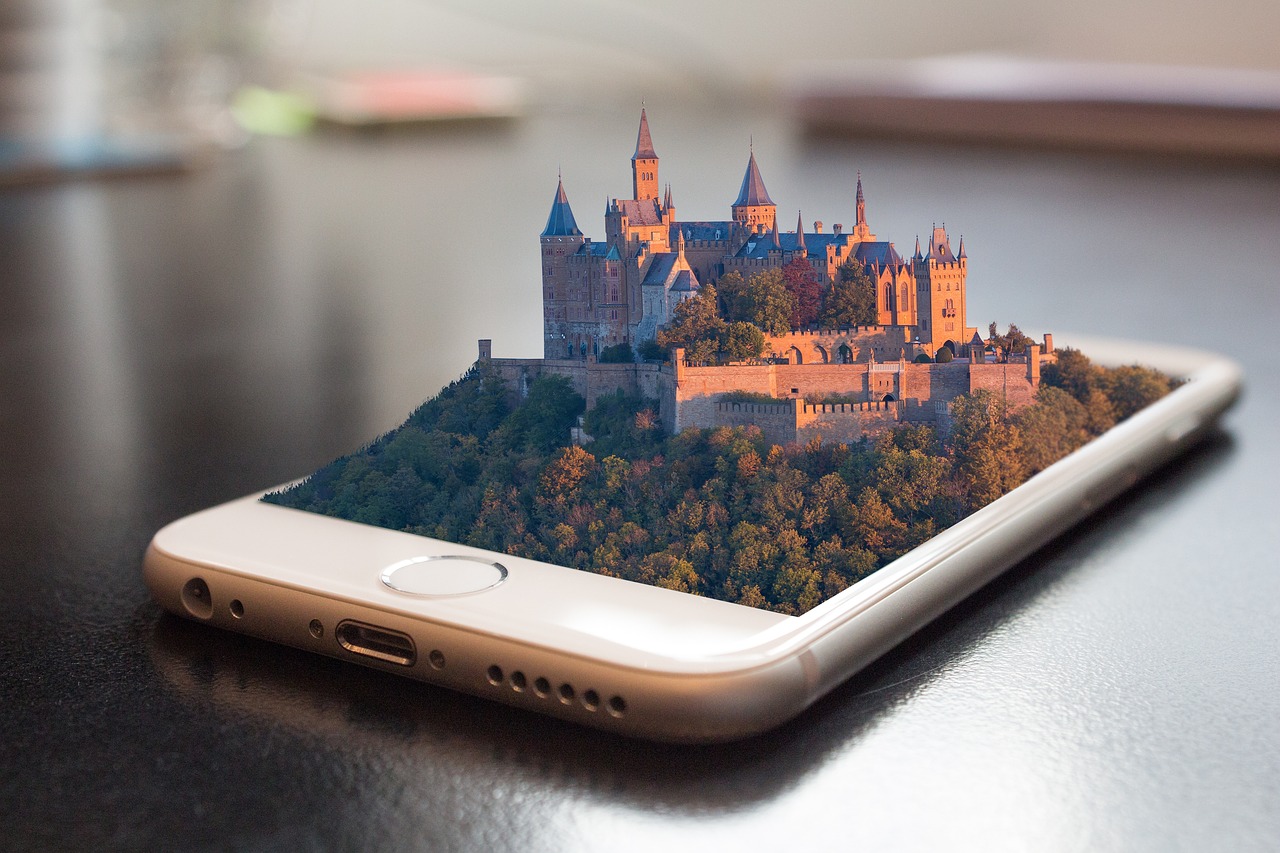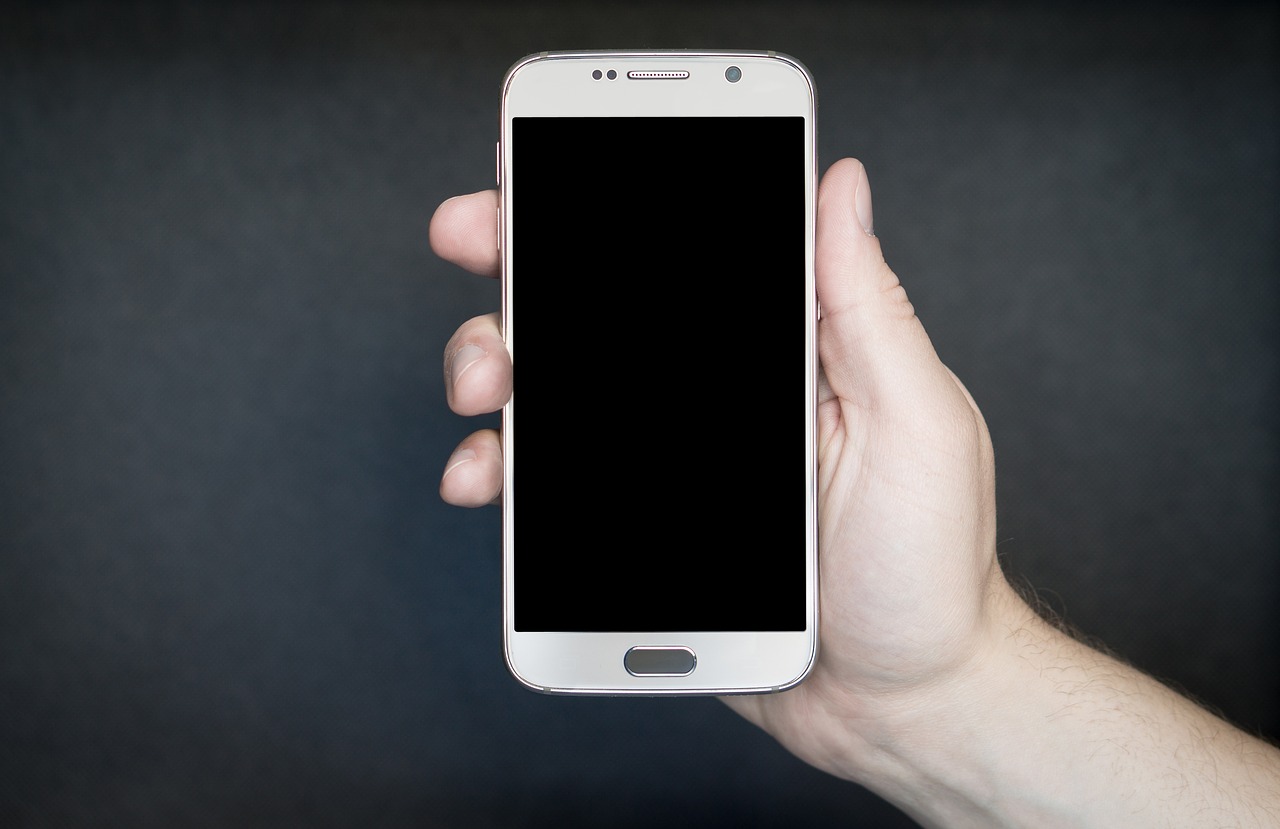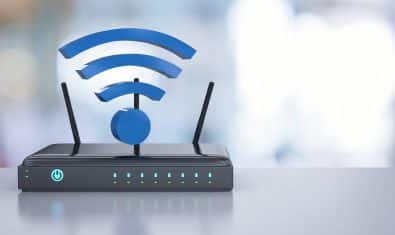With dozens of smartphone companies competing for market share, there’s a large amount of features bundled into each device. This trend is visible judging by the adverts different smartphone companies usually run in Pakistan.
An example is of QMobile, they have over 200 models to offer and a different range of features. And this is to satisfy users because apparently, people cannot stop comparing the specifications of different phones even though they are fairly sufficient for the average person’s daily use.
But do you, the user, actually need to be a part of this endless spec war?
Comparing the Random Access Memory – RAM
Each time an app is opened by the user, it is loaded into the RAM where the processing occurs. This means that multitasking is directly dependent on the RAM, allowing you to quickly switch between apps without reloading the stored data.
However, comparing it to the extent of deciding to go with a phone with the highest RAM is foolish. You might be wondering, why? More RAM gets me faster multitasking so why would I not want it? Let’s explain this with an example.
More Power!
OnePlus 5 has 8 GB of RAM, one of the highest in the smartphone industry. But you may not need it because you may seldom end up using more than 4 GB unless you’re running a lot of games and graphics processing applications at the same time(even then you may not use more than 6).
The extra 4 GB will just be lying around doing nothing.
While it’s nice to have it as a backup, not so nice if your phone choice was based on RAM being the crucial factor.
Furthermore, you’ll be surprised to know that while flagship Android products such as the Samsung Galaxy S8 and HTC U11 use 4 GB RAM, the iPhone X only uses 3 GB but still is as fast as an Android device. Apple has done this by simply optimizing their operating system to work with low amounts of RAM.
While another factor may be the low resolution of iPhone X’s display (a little more than Full HD+) compared to Samsungs and HTC (both use Quad HD), which means overall lower memory usage.
In Essence…
Simon Hill sums this up pretty nicely in these words,
How much RAM your smartphone needs depends on how you use your smartphone, but it’s no longer the problem it once was. Maybe a few power users will be able to feel the benefit of 6 GB, and you might argue that 8 GB is future-proofing. But anything over 4 GB is probably overkill for the vast majority of people today.
Comparing the Resolution & Pixel Density
A bit of learning first, display resolution is the measure of the screen size in terms of pixels. For e.g. a resolution of 1920 pixels in width and 1080 pixels in height. The Pixels Per Inch (PPI) or Pixel Density is the number of pixels one inch on the screen would occupy. Here’s the formula to be used for calculating it:
This way using the resolution and diagonal screen size of any phone, you could calculate its PPI which is directly related to the quality of the display and is actually even more important than the resolution alone. All this time you might be getting impressed by higher resolution phones whereas the real deal is the PPI.
Human beings use smartphones from a specific distance, not too close from their eyes which can be damaging, so about 14-18 inches away. From this distance, there’s a maximum limit to the resolution the human eye can differentiate between.
Only Human
A normal person with 20/20 vision will not be able to discern anything above 300 PPI accurately. According to Dr. Optoglass’ article about the resolution of the human eye,
If the average reading distance is 1 foot (12 inches = 305 mm), p @0.4 arc minute is 35.5 microns or about 720 ppi/dpi. p @1 arc minute is 89 microns or about 300 dpi/ppi. This is why magazines are printed at 300 dpi – it’s good enough for most people. Fine art printers aim for 720, and that’s the best it need be. Very few people stick their heads closer than 1 foot away from a painting or photograph.
For reference, in the same article he mentions that the average visual acuity of the human eye is one arc minute. While a person with extremely sharp vision would have visual acuity of 0.4 arc minutes.
Anything Lower Than 300 PPI = Not Good
Going by that logic, 300 PPI and above is good enough. Anything above that would not be discernible by the average person.
As an example, Sony’s Xperia XZ Premium offers 801 PPI with a 4K screen, so the additional pixel density of 500 PPI above the distinguishable average of 300 will be unnoticeable.
In simpler terms, Xperia XZ Premium’s 4K screen would look just as sharp as an average 5 inch 1080p display smartphone, to the average Joe at least.
There’s a reason why iPhones always hovered around 300 PPI. If the phone has a pixel density below 300, you can see individual pixels. You’ll be able to tell that the display is not sharp enough and is slightly pixelated.
ALSO READ
Xiaomi, Nokia and 16 Other Companies to Launch 5G Smartphones in 2019
Consumers need to understand this to make wise decisions when choosing among a wide range of smartphones.
Comparing Bigger Batteries
A battery’s capacity is measured in mAh-milliampere hours (also known as milliamp hours) which is the amount of power the battery can store.
This means a 2000 mAh battery can store twice the amount of power a 1000 mAh battery can and hence will last longer as it will take more time to fully discharge.
Size Matters, or Does it?
But, bigger batteries are not always better.
As Andy Walton from Sciencing states,
While a larger number indicates battery power, larger mAh batteries may not be better if it is a poor quality battery. It simply means it can store more power.
Another downside for some people would be the apparent increase in the size and weight of the phone.
To rephrase it, the larger the battery, the bigger and heavier the smartphone will be, which is why you find a 1960 mAh battery in an iPhone 7(138g) compared to a 2900 mAh battery in the iPhone 7 plus(188g) resulting in a size difference of 0.8 inches and weight increase of 50 g.
Battery Optimizations
Smartphone makers also optimize their phones to make the most out of their batteries, an example can be Samsung or Xiaomi. Despite having a smaller battery, their phones last much longer on average.
Some phones also have an “ultra power saving” mode which turns off most of the device’s functions to squeeze out every little bit of battery life possible.
This could change in the future if manufacturers find a source with a significantly higher energy density than the current Lithium-ion batteries.
This will allow a higher amount of energy aka the mAh in this case, to be stored per unit mass.
Comparing Processors
A System on Chip(SoC) is a component found in smartphones today that integrates the CPU, GPU, the memory, Wi-Fi functionalities and much more all in a single chip.
Qualcomm is well known as one of the major manufacturers of SoC’s, under the brand Snapdragon. Their chips can be found in market leading phones like Samsung Galaxy Note 8, Google Pixel 2 and HTC U11.
What Makes Them Better?
If you had to choose someone to explain how much processors matter in a smartphone, it would be indeed a company like Qualcomm, right? Now, what do they have to say?
Tim McDonough their VP of Marketing states the following,
You have to consider how powerful the cores are. As anyone who has sat through a bad meeting knows, trying to solve a tough problem with many tiny brains can be a painfully inefficient process.
You may have heard buzzwords from Q Mobile’s adverts like “powerful octa core processor” or a “super fast quad-core processor”.
They often use a MediaTek SoC for their phones, which is often cheaper and less powerful than their Qualcomm brethren.
Tiny Brains = Not Good
As pointed out by Tim, using many tiny brains is an inefficient way to solve a complex problem. Similarly, a tough task such as gaming or video rendering will be hard to do on several low powered processor cores.
In Qualcomm’s case, their snapdragon chips come in series. Snapdragon 4xx series is aimed at low end-mid range phones, Snapdragon 6xx at mid-range and 8xx at high end phones.
Now a Snapdragon 435 and 835 both have 8 cores each, however there’s a world of a difference between their performance.
How to Choose Between Them
So if you see two phones within Rs. 20,000 range, one with a Snapdragon 820 (quad core) and another with a 625 (octa core), the one with 820 is likely to be better.
Thus comparing smartphone processors based on their core count alone is useless.
Comparing Display Types – AMOLED vs IPS
There are a variety of display types used in smartphones namely Liquid Crystal Display(LCD), Light Emitting Diode(LED), Organic Light Emitting Diode(OLED),Thin Film Transistor(TFS), Active Matrix Light Emitting Diode(AMOLED), Super AMOLED and In-Place Switching Liquid Crystal Display (IPS LCD).
AMOLED & IPS are most commonly used out of all of these.
IPS Peasants
IPS improved upon traditional TFT-LCD’s which suffered from slow response to touch, limited viewing angles and also lower sharpness.
However, despite being better at all of the previously mentioned features, IPS requires a backlight for it to function which makes it less energy efficient and also requires a thicker screen.
Apple’s iPhones are most popularly known for their use of an IPS display.
AMOLED Master Race
On the other hand, each pixel in an AMOLED screen lights up on its own rather than a backlight for the whole screen. This saves energy when using a dark theme on your smartphone, because each pixel that is covered with the hex code #000000(black) will not need its pixel to be turned on, hence leading to energy efficiency.
But this cannot be true for when all the pixels are lit, with a pure white wallpaper for example. This causes AMOLED screens to turn on all Red Green and Blue lights on a pixel, leading to excessive energy usage.
Samsung is most popularly known for its use of AMOLED screens and has its own implementation called the Super AMOLED which adds on to it..
Which One’s Better?
Choosing between these 2 or for the matter any display type boils down to your personal preferences.
As Joe Levi from Pocketnow points out,
If you want deep blacks, vibrant colors, and great battery life, AMOLED is the panel you’ll probably be most happy with whereas If you want bright whites, daylight readability, and sharp text and images, IPS is likely a better fit.
AMOLED is more expensive than IPS however some of the cheaper Samsung phones like the Galaxy J2 come with an AMOLED screen.
Each type has its pros & cons and the display type shouldn’t make one smartphone better over the other. In the end, some users would like to go with AMOLED as they might prefer punchier colors and better potential power saving features over IPS. While others might go for a color accurate IPS display which is usually brighter than AMOLEDs.
Final Words
In conclusion, you should have figured out that specifications only matter to a certain extent beyond which they become useless so let the specifications wars end and peace prevail, choose your phone wisely, don’t let figures fool you.





























Good Post :)
Thank you. :)
Excellent article, every person should read and understand why these high spec’s are useless for every common person like me :)
Absolutely, it’s only useful to compare them to a certain extent. :)
nice post in detail
Thank you. :)
???
Article is just great. Just a query to the author, about this line: “So if you see two phones within Rs. 20,000 range, one with a Snapdragon 820 (quad core) and another with a 625 (octa core), the one with 820 is likely to be better.” Is this line quoted for giving an example or are there any mobiles with 820 within 20000 Rs. Please reply.
Thank you and Just for example although they can exist in real life.
Thank you for your reply.
Good article after long time. Read twice.
Thank you,I appreciate it. :)
Nice article Sudais…
after long time, enjoyed reading an article…
Thank you Dan.?
I am so sure that i have read this article somewhere else few days back.Showed on my Google News feed.
Hi Pogba,you might have read a similar article as this was only published a day ago.
Why comparing smartphone specs is waste of time
Beyond a certain extent,specs don’t matter,that’s why.
Nah, thats title of article which i read few days back.
Specs still matters for pro users.
As the post says,beyond a certain extent,they become a deception because humans can’t conceive them anymore but if you’d like,go with a 5000 PPI screen display if it comes out one day even though most of it would be useless.
Great article!
Tysm! ?
A very good post after a long time. cleared a lot of misconceptions. educational articles like this is what propakistani should be posting more often.
Thank you for the words. :)
>The extra 4 GB will just be lying around doing nothing.
Hello this is incorrect. It shows a misunderstanding of Linux. Linux doesn’t waste RAM. Unused RAM is used to cache flash memory access. Frequently accessed files will be loaded into RAM if there is free memory available. RAM is faster than flash memory.
Android is based on Linux in case anyone is wondering why Linux is relevant.
This argument is countered by the fact that even 4 GB is enough to cache the flash memory access not matter how much you want it to do.
Good one. Thanks
Explained In depth ?